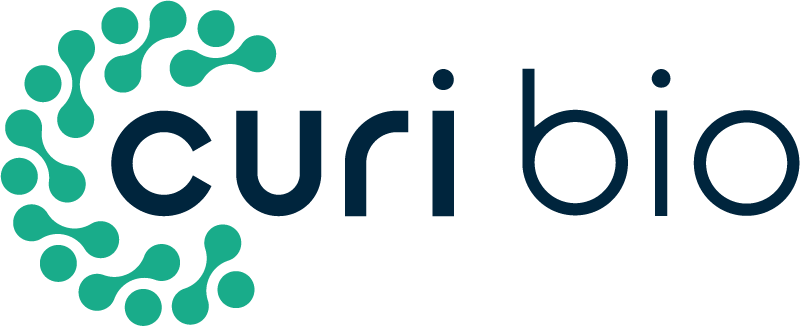Nanopatterned Cardiac Cell Patches Promote Stem Cell Niche Formation and Myocardial Regeneration
Deok-Ho Kim (1), Kshitiz, Rachel R. Smith, Pilnam Kim, Eun Hyun Ahn, Hong-Nam Kim, Eduardo Marbán, Kahp-Yang Suh and Andre Levchenko – (1) University of Washington
Abstract: Stem cell-based methods for myocardial regeneration suffer from considerable cell attrition. Artificial matrices reproducing mechanical and structural properties of the native tissue may facilitate survival, retention and functional integration of adult stem or progenitor cells, by conditioning the cells prior to, and during, transplantation. Here we combined autologous cardiosphere-derived cells (CDCs) with nanotopographically defined hydrogels mimicking the native myocardial matrix, to form in vitro cardiac stem cell niches, and control cell function and fate. These platforms were used to produce cardiac patches that could be transplanted at the site of infarct. In culture, highly anisotropic, but not more randomized nanotopographic, control augmented cell adhesion, migration, and proliferation. It also dramatically enhanced early, and, in the presence of mature cardiomyocytes, late cardiomyogenesis. Nanotopography sensing and transcriptional response was mediated via p190RhoGAP. In a rat infarction model, engraftment of nanofabricated scaffolds with CDCs enhanced retention and growth of transplanted cells, and their integration with the host tissue. The infarcted ventricle wall increased in thickness, with higher cell viability and better collagen organization. These results suggest that nanostructured polymeric materials that closely mimic the extracellular matrix structure on which cardiac cells reside in vivo can be both very effective tools in investigating the mechanisms of cardiac differentiation and the basis for cardiac tissue engineering, thus facilitating stem cell-based therapy in the heart.
Materials & Methods: The ultraviolet (UV)-curable poly(urethane acrylate) (PUA) mold material consists of a functionalized precursor with an acrylate group for cross-linking, a monomeric modulator, a photoinitiator and a radiation-curable releasing agent for surface activity.42 To fabricate a sheet-type mold, the liquid mixture was drop-dispensed onto a silicon master pattern and then a flexible, transparent polyethylene terephthalate (PET) film was brought into contact with the liquid mixture. Subsequently, it was exposed to UV light (l = 200–400 nm) for 20 sec. through the transparent backplane (dose = 100 mJ cm2). After UV curing, the mold was peeled off from the master pattern and additionally cured overnight to terminate the remaining active acrylate groups on the surface. The resulting PUA mold used in the experiment was a thin sheet with a thickness of B50 mm. The anisotropic nano-fabricated substratum (ANFS) made of PEG hydrogel was fabricated on a glass cover slip using UV-assisted capillary force lithography (CFL).19 Prior to application of the PUA mold, the glass substratum was thoroughly rinsed with ethanol to remove excess organic molecules and dried in a stream of nitrogen. The glass coverslips were first rinsed with isopropyl alcohol (IPA) in an ultrasonic bath for 30 min. and dried in a stream of nitrogen. To increase the adhesion at the PEG-DA nanostructure/glass interface and prevent the nanopatterned PEG hydrogels from peeling off, an adhesion promoter (volume ratio of phosphoric acrylate: propylene glycol monomethyl ether acetate = 1 : 10) was first spin-coated onto the glass coverslips to form a thin layer(B200nm) prior to dispensing of the precursor solution. Then a small amount (B0.1–0.5 mL) of PEG-DA (M.W. = 575) precursor was drop-dispensed onto the glass coverslips, and a PUA mold was directly placed onto the surface. The PEG-DA precursor was spontaneously drawn into the cavity of the mold by means of capillary action and was cured by exposure to UV for B30 s. The elastic modulus of the cured PEG nanostructure was B70 MPa, providing a compliant environment for cell cultures (cf. B90 GPa for glass). After curing, the mold was peeled from the substratum using a sharp tweezers.
Microscopic Technique: Scanning Electron Microscope, Transmission Electron Microscope
Cell Type(s): Cardiosphere-derived Stem Cells

